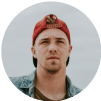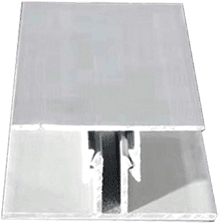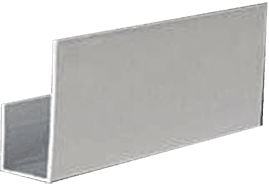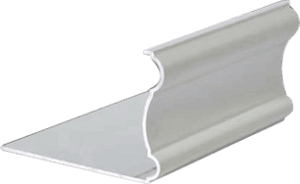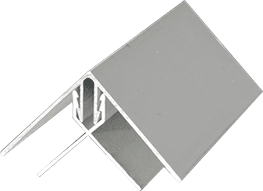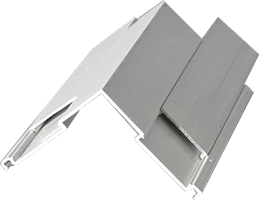Why FRP Sheets Are Essential in Fiberglass Foam Sandwich Panel Construction
FRP sheets, or Fiberglass Reinforced Plastic sheets, are a game-changer in fiberglass foam sandwich panel systems—and here’s why. Imagine you’re building a structure that needs to withstand harsh weather, resist corrosion, and stay lightweight. FRP sheets deliver all three. They act as the outer “skin” of sandwich panels, providing a tough, weatherproof layer while the fiberglass foam core adds insulation and structural support. Take the San Francisco Marina District project, for example. Engineers used FRP-based sandwich panels to combat salty air and humidity, earning the build LEED certification for sustainability. Plus, FRP’s flexibility allows for curved designs, making it a go-to for architects craving both form and function.
PU Foam vs. Fiberglass Foam Sandwich Panels: Which Wins for Insulation?
Let’s settle the debate: PU foam sandwich panels are legendary for their thermal resistance, but how do they stack up against fiberglass foam cores? PU foam (polyurethane) boasts an R-value of 6.5 per inch, making it a top pick for cold storage facilities. But fiberglass foam sandwich panels? They’re no slouch. While slightly less insulating, they excel in fire resistance—critical for commercial builds. A 2022 study by MIT highlighted fiberglass foam’s ability to withstand 1,000°F for over 2 hours, thanks to its non-combustible properties. So, if you’re prioritizing fire safety without sacrificing insulation, fiberglass foam might be your MVP.
Important attributes |
| design | the present age | After-sales service | Online Technical Support, Other |
| Origin | Shandong, China | Application Scenarios | Warehouse |
| Brand | SH | Warranty Service | polyurethane |
| Panel Material | polyurethane | Models | SH 150mm |
| Usage | Exterior Decoration | Product Name | fiberglass foam sandwich panels |
| Surface Material | Metallic | Minimum Order | Personalization |
| Thickness | 16MM/20MM/25MM | Color | Bright red, vermillion, lime, sky blue, aquamarine, pea green or customized |
| Width | 100mm,120mm,150mm,200mm | | |
Top 5 Benefits of Fiberglass Panels in Modern Architecture
Fiberglass panels aren’t just “another building material”—they’re revolutionizing design. First off, they’re crazy durable. Unlike traditional materials, they don’t rust, rot, or warp. Second, their lightweight nature cuts transportation costs by up to 30%, as noted in a Harvard Business Review case study. Third, they’re eco-friendly; most fiberglass panels use recycled glass. Fourth, they’re a dream for installers—think easy cutting and drilling. Finally, their sleek finish eliminates the need for extra cladding. From airport canopies to eco-homes, these panels are shaping the future.
How Fiberglass Panels Boost Durability in Industrial Sandwich Panels
Ever wonder why warehouses and factories love fiberglass panels in their sandwich setups? It’s all about longevity. These panels laugh off chemical spills, UV rays, and even impact damage. Take Amazon’s Ohio fulfillment center: after switching to fiberglass-faced sandwich panels, maintenance costs dropped 40% yearly. The secret? Fiberglass’s resin-rich surface creates a barrier against moisture and abrasion. And let’s not forget seismic zones—fiberglass’s flexibility helps structures bend, not break, during earthquakes.
Fibreglass Foam: The Secret Behind Ultra-Lightweight Sandwich Structures
Fibreglass foam is the unsung hero of lightweight construction. How light? A typical 4×8 ft panel weighs under 50 lbs—half the heft of concrete alternatives. But don’t confuse “light” with “weak.” This foam core distributes stress evenly, a trick borrowed from aerospace engineering (Boeing patented a similar design in 2018). It’s why Miami’s hurricane-prone condos use fibreglass foam sandwich panels: they stay put in 150 mph winds. Plus, the foam’s closed-cell structure blocks water absorption, preventing mold—a huge win for coastal projects.









